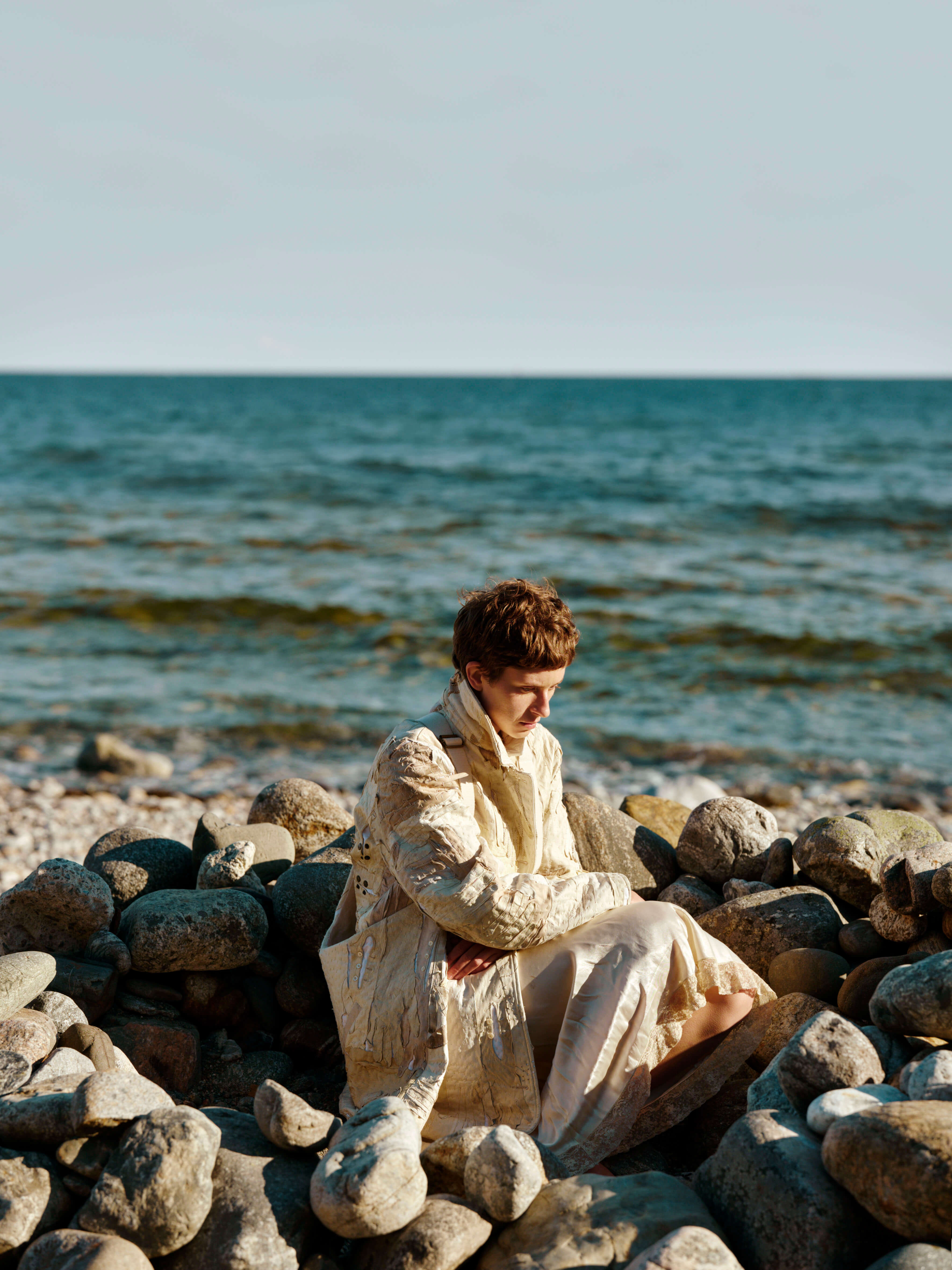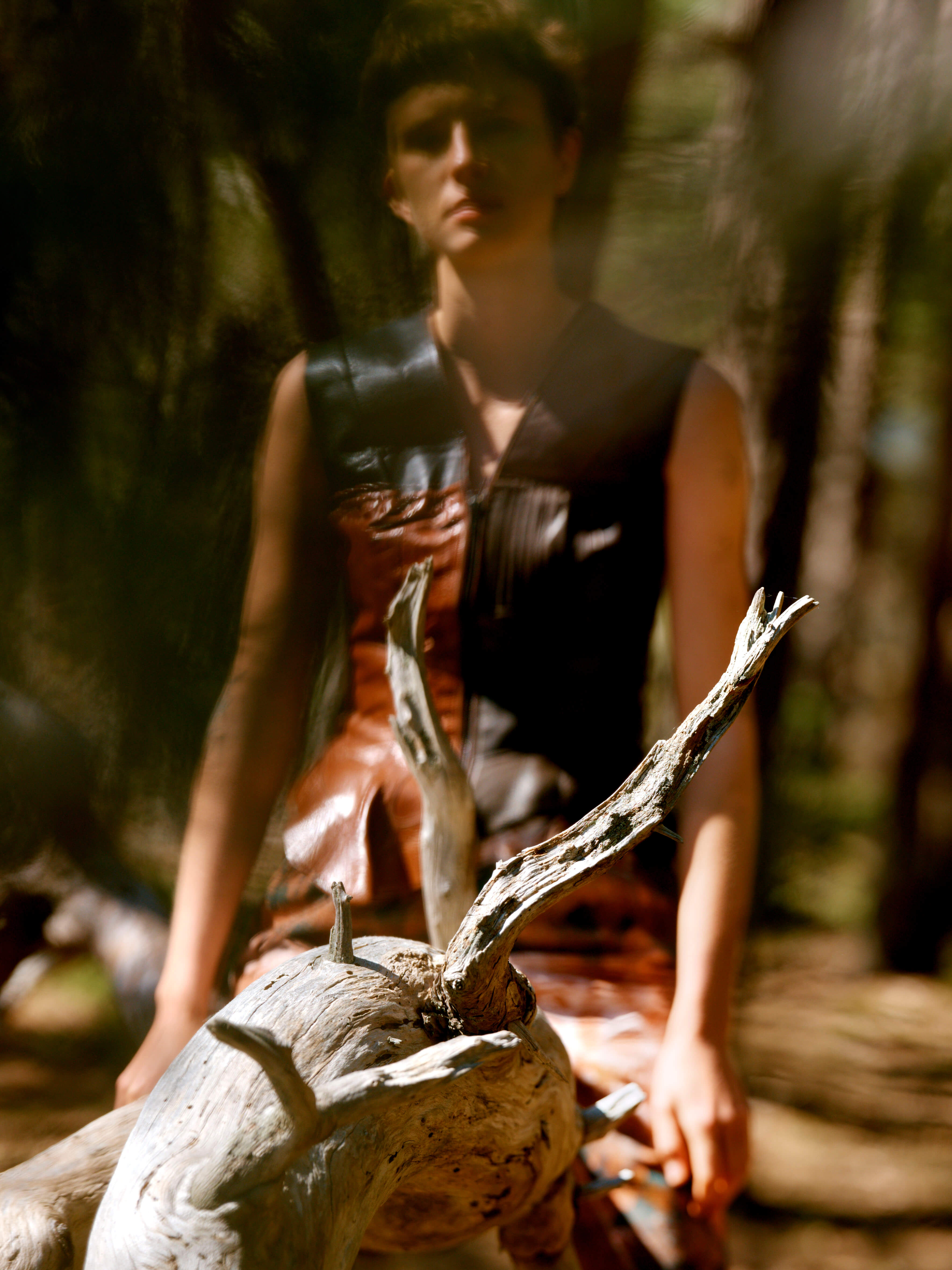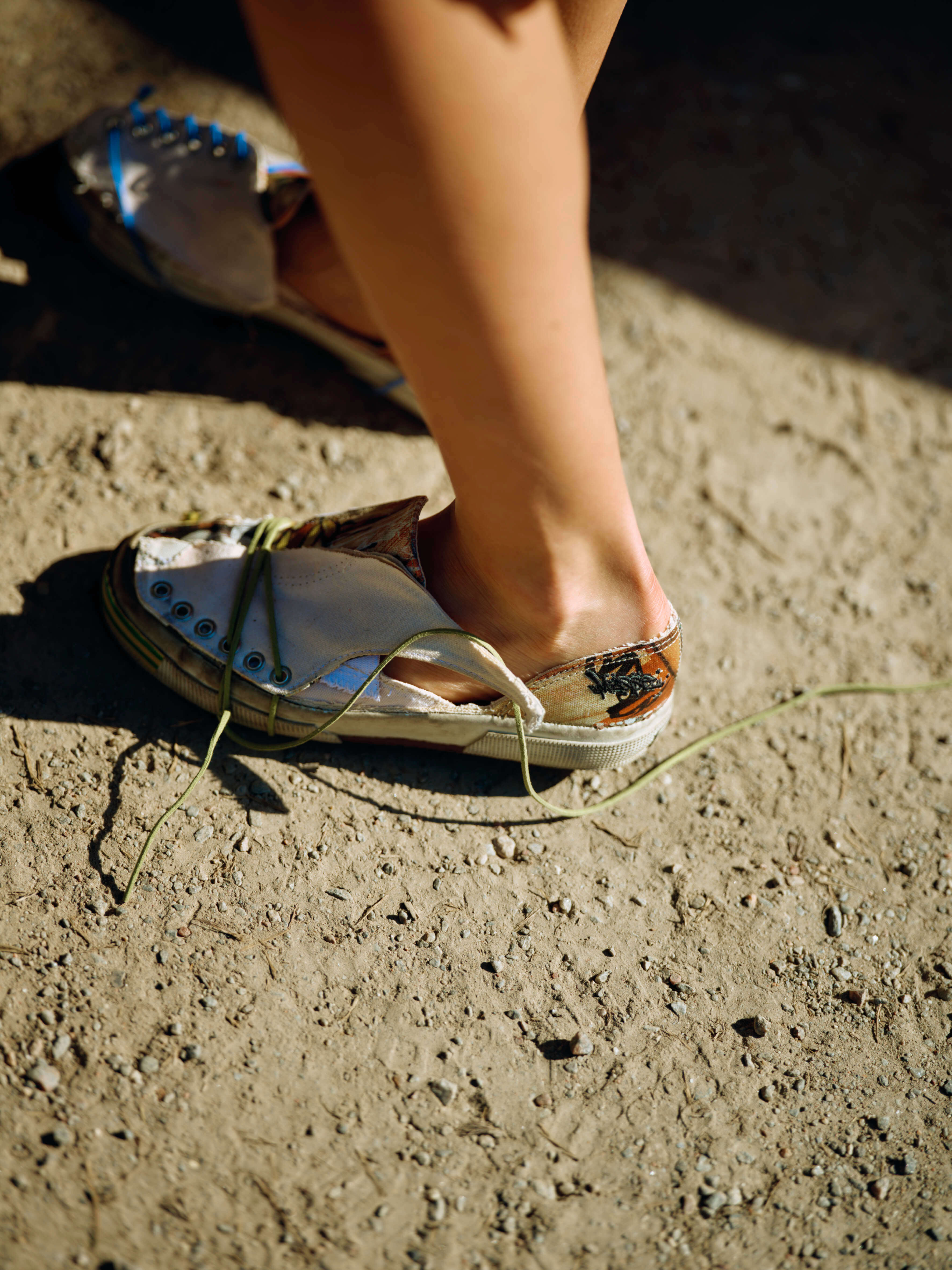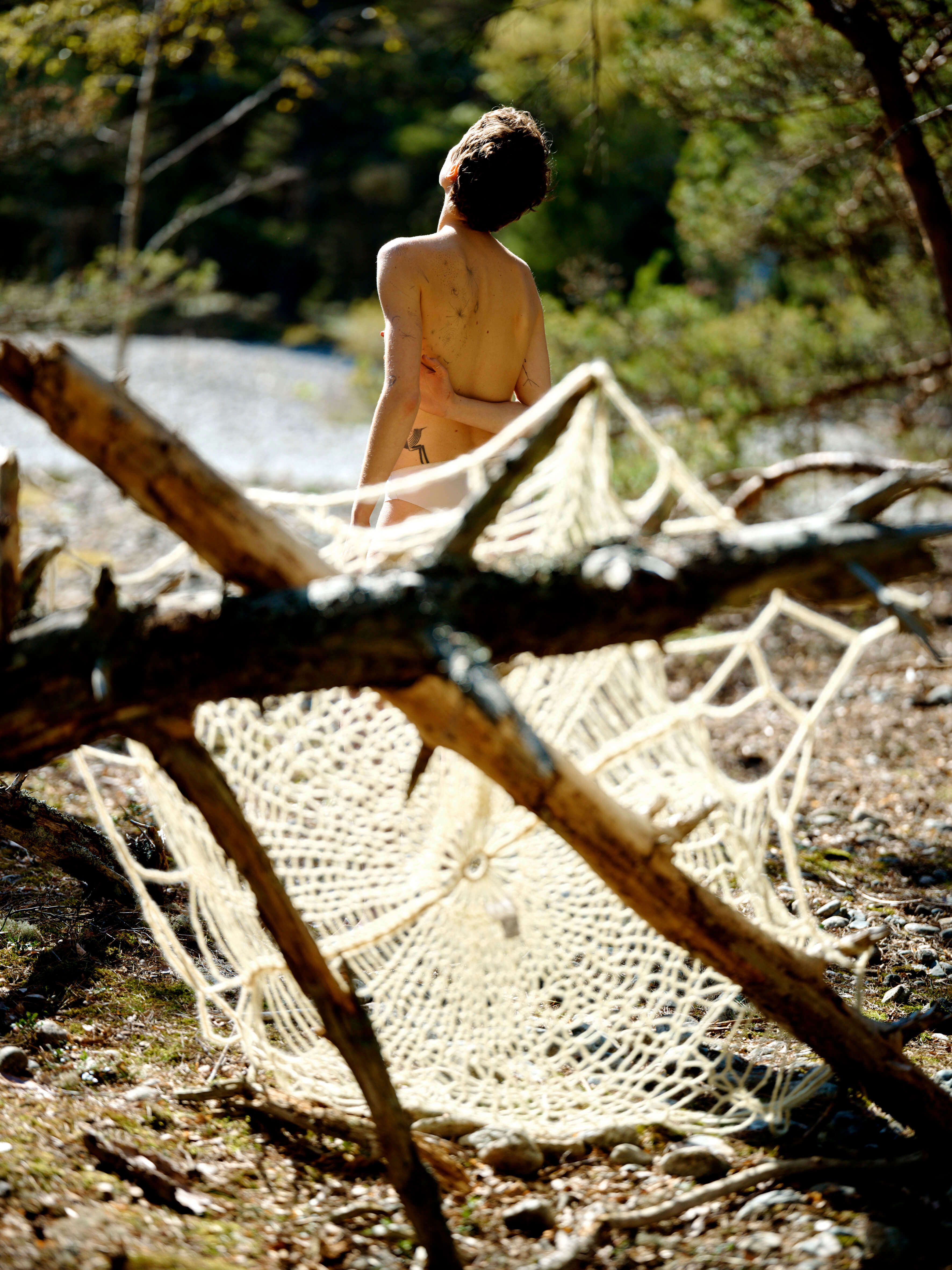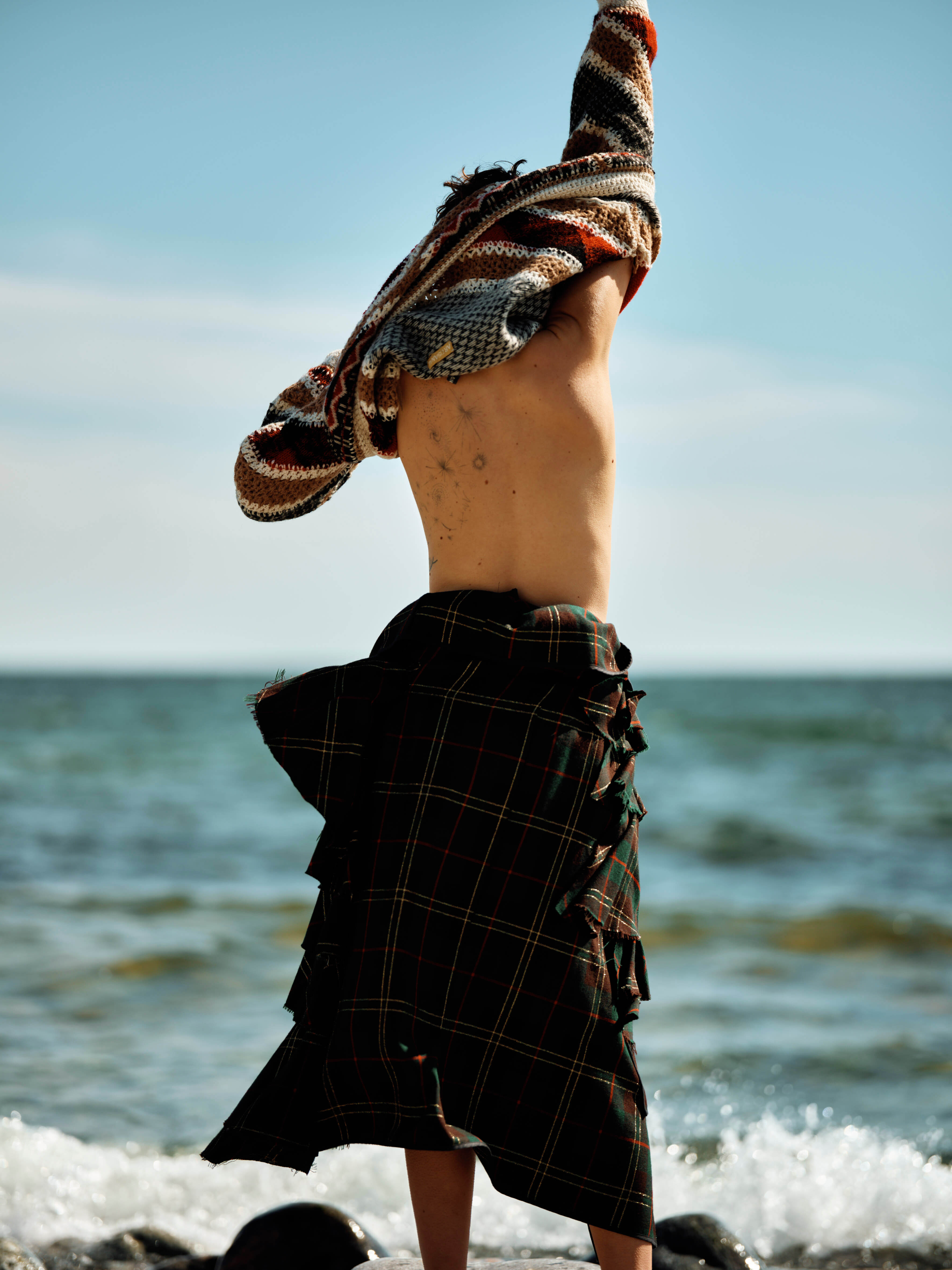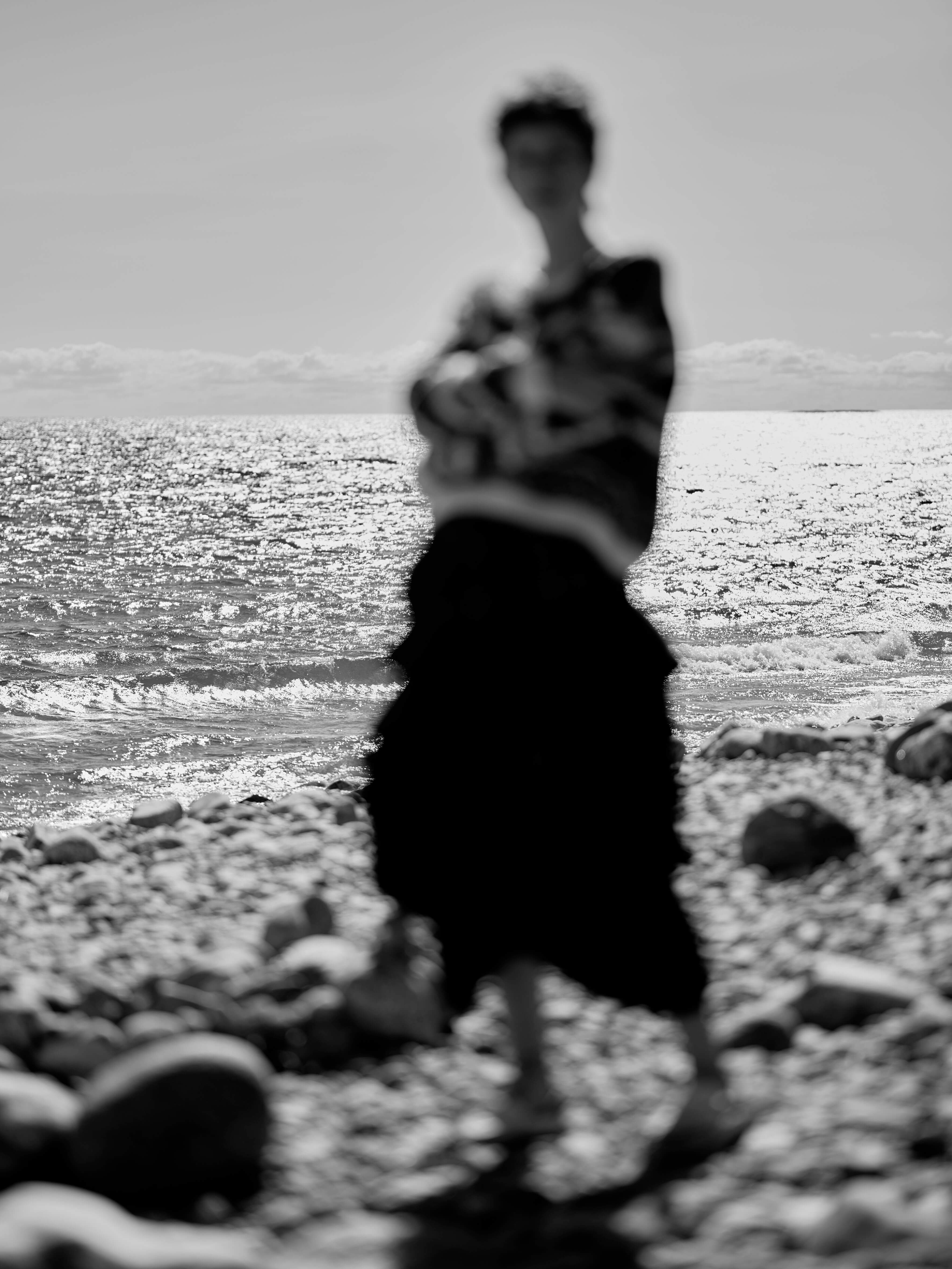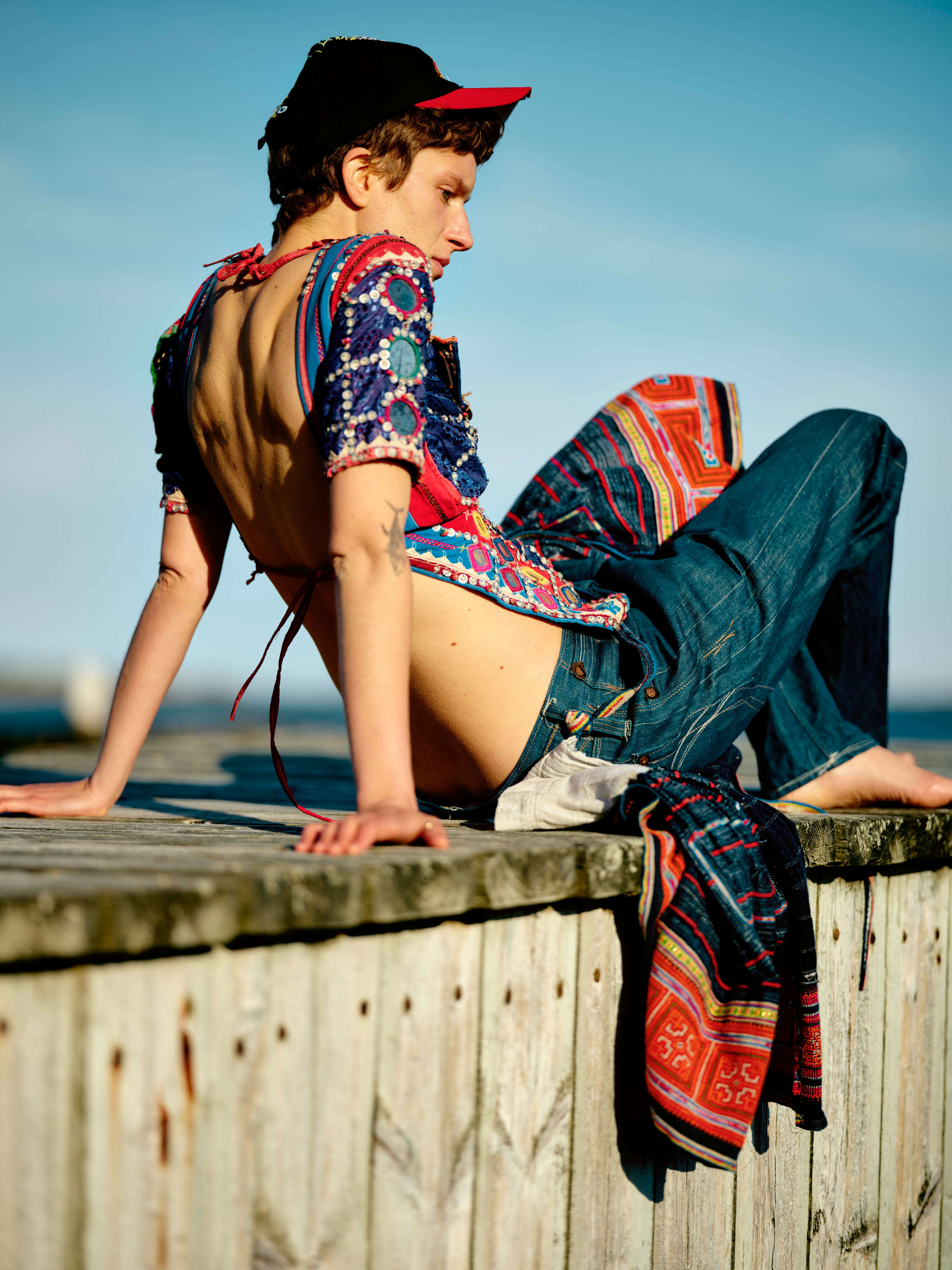Fashion is the most un-sustainable of all industries, which is why the current obsession with sustainability makes me suspicious to say the least. It sounds perilously like an empty communication move: a way to make big proclamations to get everybody’s attention without factual implications; a deceitful strategy to generate surprise and awe that is a little more than pulling the wool over our eyes. It is even worse when sustainability enters the widespread loop of moralism, which is poisoning the contemporary cultural debate, polarizing positions and allowing little or no space for constructive dialogue. This, of course, is a forced generalization: I’m relying on exaggeration in order to explain my views on the matter. Just be patient: this is communication, too.
Fashion, at the core, is an all-surrounding, polluting machine that continuously dishes out new ideals of beauty through the hammering of constant renewal as an antidote to the passing of time and a remedy to the very human fear of death getting close as days and years pass. Fashion heralds salvation from ageing and degradation, which is a profoundly human urge, but it does so with a hefty price tag attached to it, through products, ultimately suggesting conspicuous consumption as the only way forward. Fashion does so by undermining personal certitudes, poisoning minds and emptying wallets, making us all look beautiful, or better convincing us that we look gorgeous, but only until the next vogue kicks in. When it comes to being au curant, more is definitely more, which is the most un-sustainable of all behavioural patterns. In the end, it’s all about buying stuff: the ace of capitalism. Enough with the rant.
This frame notwithstanding, in fact, fashion of late has discovered sustainability not only as a highly spendable communication currency, so to speak, but also, luckily, as viable production based on green fabrics, low-impact processes and social responsibility. It’s about time: as denizens of this world, we all have to live, produce and consume responsibly.
It’s a matter of awareness, not a political stance, even though, given the current times, such a simple assumption has turned into something aggressively political. To be fair, full sustainability, in fashion and otherwise, is almost utopia. As the human species, we are highly hostile to our peers as well as to our environment, as we love to destroy – I’m a pessimist when it comes to human nature, I know. Sustainable fabrics are great, and so is a sustainable supply chain, but whatever we do, whether we like it or not, whether we know it or not, harms the environment. Pollution and consumption are inscribed in our DNA, but we, as thinking animals who are able to create things that mother nature did not produce, can fight our nature, and act differently. It requires a certain effort, and a lot of intelligence to do so, which we lack most of the time.
So far, forgetting the fact that it is expensive and creatively constraining, sustainable fashion has not succeeded on a wider scale because it generally looks sad, unattractive, unglamorous, depressing or just plain weird. There is something about the colours which is off-putting, as they invariably come out as desaturated and grim, and sometimes even about the textures, which lack engaging and compelling qualities. Then there is the moralistic label that’s attached to sustainable clothing: it might attract activists, in fact, but it hardly appeals to the common, untrained consumer, or the highly fashionable one. The fact that a piece is sustainable might be a plus for someone, but it is not enough to make masses want to buy and own it. Observing fashion from a creative viewpoint, also, the stress on sustainability sometimes completely diverts attention from the act of inventing something challenging or progressive in design terms. Sustainability, seen from this angle, looks like a trap, or a cage. Not a stimulus.
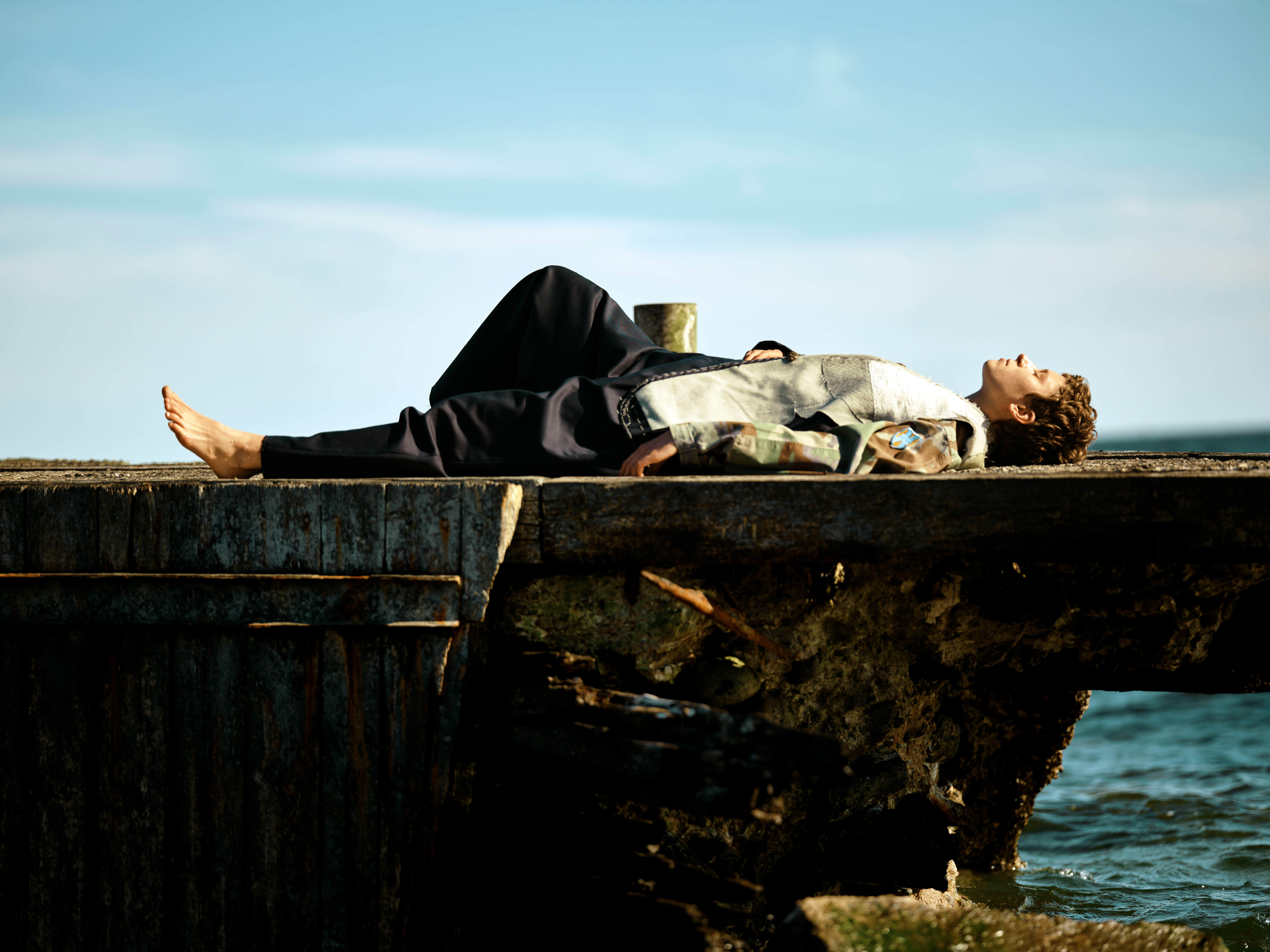
The only sustainable action with serious creative implications, in fashion and on a broader perspective, would be simple: buying less, slowing down the deadly cycle of production which is as consuming and harming for the environment as it is for the spirit. Doing more, with less, or doing it creatively with what’s already available: that’s a progressive act that has always been around. Just think of what Salvatore Ferragamo was able to do with fishing wire and cork when he had nothing else to work with. Such a modus operandi is stimulating, inventive and soulful, as it puts a stress on manual dexterity in our very cold times of machine-made everything.
There is a movement going on in fashion in this sense. A widespread, polymorphous one that links creative minds of different inclinations, upbringing and geographical provenance. It generally goes under the rather unattractive name of upcycling, which should be probably replaced with another label, if we need a label. Lo-fi? Ad-hocism? Metamorphism? You decide. Either way, it consists in reawakening stocks of dead fabrics, in giving new life, through sartorial moves, to dead pieces, in generating new shapes by regenerating old shapes. New, unique items arise from the transformation of what’s already there, incorporating fashion’s regenerating urge into the actual process of making clothes: what is not to love?
This new wave of bricoleurs, going from Milan to London, from Paris to Tokyo, is the vanguard of the new arts and crafts, as truly sustainable as arts and crafts should be. The creative reuse of waste materials is a noble practice whose origins hark back to the ready made and the objets trouvés of Man Ray, Marcel Duchamp and assorted Dada cohorts, which later spilled into punk and from there into the bricolage attitude of London’s House of Beauty and Culture to later bloom in the Nineties recuperation movement ignited by Martin Margiela. It’s a radical practice with challenging aesthetic implications: something that truly moved and moves the conversation forward, whilst skipping excessive moralism. In the present time, such a choice looks even more radical: a leap away from the deadly sheen of technological perfection – and the mass production of worthless stuff – into the pre-industrial utopia of the accurately handmade. In a way, it’s something unique like couture and bespoke, but made out of garbage: pure elitism, in reverse. Which, if you ask me, is a wonderful way to herald sustainability as a low-impact practice, not as a proclamation: a way to bring human emotions back into our deeply unemotional times.
Make-up & Hairstyling IGNACIO ALONSO @LinkDetails – Model ELIZA CHOJNACKA @OuiManagement.
Casting SIMONE BART ROCCHIETTI & IRENE GERMANO @SimoBartCasting Styling Assistants MARINE ARMANDIN and ANNA SJUNNESSON.
